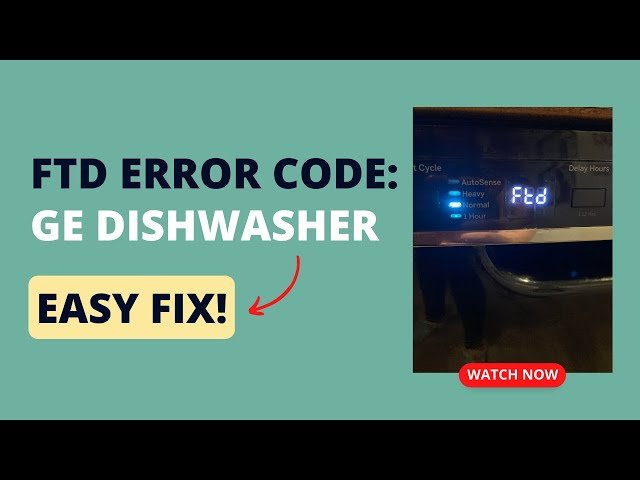
So, what exactly does this code mean? In the simplest terms, Error Code E1 is your dishwasher’s way of letting you know it’s having trouble with the water levels. This could be due to a variety of reasons, each of which may require a bit of your attention—or perhaps the expertise of a professional. Let’s take a closer look at what this means for you, and how to decide whether it’s time to call in the pros.
Understanding Error Code E1
When your dishwasher displays Error Code E1, it’s essentially signaling a problem with water intake. Think of it like if you were trying to fill up a bathtub. If the water isn’t flowing right or the drain isn’t plugged properly, you’re not going to get that full, relaxing bath you were planning. Similarly, your dishwasher is having difficulty maintaining the proper water levels needed to get those dishes sparkling clean.
You might be wondering why this happens. Well, there are a few common culprits. It could be a kink in the water supply hose—sort of like a garden hose with a bend in it, preventing water from flowing freely. Or perhaps the water inlet valve is malfunctioning. This valve acts like a gatekeeper, managing how much water comes into the appliance. If it’s on the fritz, it could either let in too little water or none at all. Additionally, a clogged filter can prevent water from circulating properly, much like a drain getting backed up with leftover muck.
Before making that call to the technician, there are a few things you can check yourself. Ensure that the water supply is turned on and that the hose is free of bends or kinks. Additionally, examine the inlet valve filter for any debris or blockages that might be hindering water flow. These small adjustments can sometimes resolve the issue without any professional intervention. However, if the problem persists, it might be time to reach out for a little help.
When To Call A Technician
So, when exactly should you call in a professional? Imagine you’ve checked all the usual suspects: the hose is straight, the valve is clean, and there doesn’t appear to be any obvious obstructions. But that pesky Error Code E1 just won’t go away. This is where a technician’s expertise becomes invaluable.
Technicians have the tools and the know-how to delve deeper. They can test the electrical components and the internal workings of your dishwasher that aren’t visible at first glance. It’s a bit like seeing a doctor when you’ve got a troubling symptom that won’t go away on its own. You need someone who’s trained to look under the hood, so to speak, and pinpoint the exact issue.
Moreover, attempting to tinker with the complex inner workings of your dishwasher without proper experience can sometimes make matters worse. It’s like trying to fix your car engine without understanding how all the parts fit together. You risk causing more damage or even voiding any existing warranties. Hence, if you’re ever in doubt, or if a DIY solution seems too daunting, picking up the phone and calling a technician is a wise move.
Preventative Measures and Final Thoughts
Nobody likes dealing with appliance issues, but a few simple preventative steps can go a long way in keeping your dishwasher running smoothly. Regular maintenance is key—think of it like regular oil changes for your car. Clean the filters and check for blockages once a month. Make sure your water supply hose is in good condition. Occasionally, run your dishwasher on a hot cycle with a bit of white vinegar to break down grease and prevent buildup.
If you’ve encountered Error Code E1 and taken the steps to troubleshoot it, you’re already halfway to being a dishwasher guru. But remember, there’s no shame in calling a professional when the going gets tough. Taking action early can save you time, money, and stress in the long run. Plus, you’ll enjoy the satisfaction of knowing you’ve done your part in keeping your trusty GE dishwasher in tip-top shape. Now, go ahead and load up those dishes without worry!